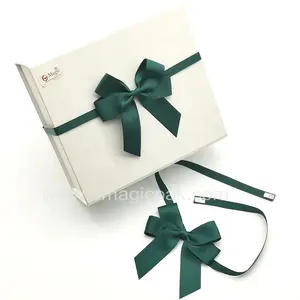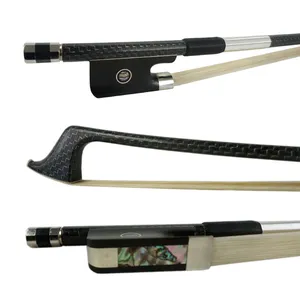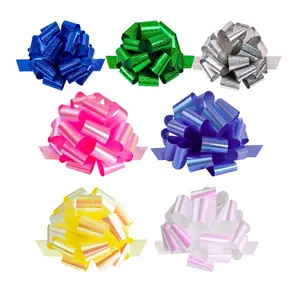A cello bow is an essential component of a cellist's toolkit, playing a crucial role in producing the instrument's sound. It is a long, slender, slightly curved wooden stick with horsehair stretched across it. The materials used in the construction of cello bows contribute significantly to their quality and performance.
Common materials of cello bows
Pernambuco wood has long been revered as the traditional and premium material for the stick of a professional cello bow. Sourced from the Pernambuco tree native to Brazil, this wood is prized for its exceptional combination of flexibility, strength, and tonal properties. The unique characteristics of Pernambuco wood allow for a nuanced and rich sound production, making it the preferred choice for many professional cellists. However, the increasing scarcity of Pernambuco wood due to overharvesting and environmental concerns has led to a growing need for alternative materials in cello bow construction.
In response to the challenges associated with Pernambuco cello bows, modern bow makers have turned to alternative materials, with carbon fiber emerging as a popular choice. Carbon fiber cello bows have gained widespread acceptance in the musical community for several compelling reasons. Notably, carbon fiber bows exhibit exceptional durability, ensuring a longer lifespan compared to traditional wooden bows. This durability is particularly advantageous for musicians who perform frequently or in diverse environmental conditions. Additionally, carbon cello bows offer consistency in performance, maintaining their characteristics across varying humidity levels and temperatures. While they may lack the traditional aesthetic appeal of Pernambuco bows, carbon fiber bows provide a reliable and sustainable option, addressing both environmental concerns and the need for consistent performance in contemporary musical settings. The adoption of alternative materials reflects the evolving landscape of instrument craftsmanship, where musicians and bow makers seek solutions that balance tradition, performance, and environmental sustainability.
Diverse options for cello bows
Diversity in cello bows extends beyond the traditional materials, offering a range of options tailored to different player levels, preferences, and styles. For beginners, bows made from synthetic materials such as fiberglass or carbon fiber are often recommended. These beginner cello bows are durable, affordable, and more forgiving, making them suitable for novice players who are still developing their technique. These fine cello bows also tend to require less maintenance, allowing beginners to focus on their playing without the added complexities of caring for a delicate bow. As players progress to the intermediate level, they may explore intermediate cello bows crafted from higher-quality materials like Brazilwood. Brazilwood bows strike a balance between affordability and performance, offering improved playability and tonal characteristics compared to entry-level synthetic bows. The intermediate range often includes bows with better craftsmanship and responsiveness, providing players with a more nuanced and expressive playing experience.
Beyond skill levels, players can explore bows with specific characteristics to suit their playing style and preferences. French-style bows, for example, are known for their elegance and balance. French cello bows typically have a slightly concave shape and a distinct frog design, contributing to a smooth and controlled playing experience. Colored cello bows have gained popularity for adding a touch of personal flair to a musician's ensemble. While the color doesn't impact the bow's performance, it allows players to express their individuality. Colored bows are available in a variety of hues, ranging from classic black to vibrant shades. Additionally, players may explore options like baroque bows, designed to replicate historical bow styles, contributing to an authentic performance of baroque music.











































 浙公网安备 33010002000092号
浙公网安备 33010002000092号 浙B2-20120091-4
浙B2-20120091-4